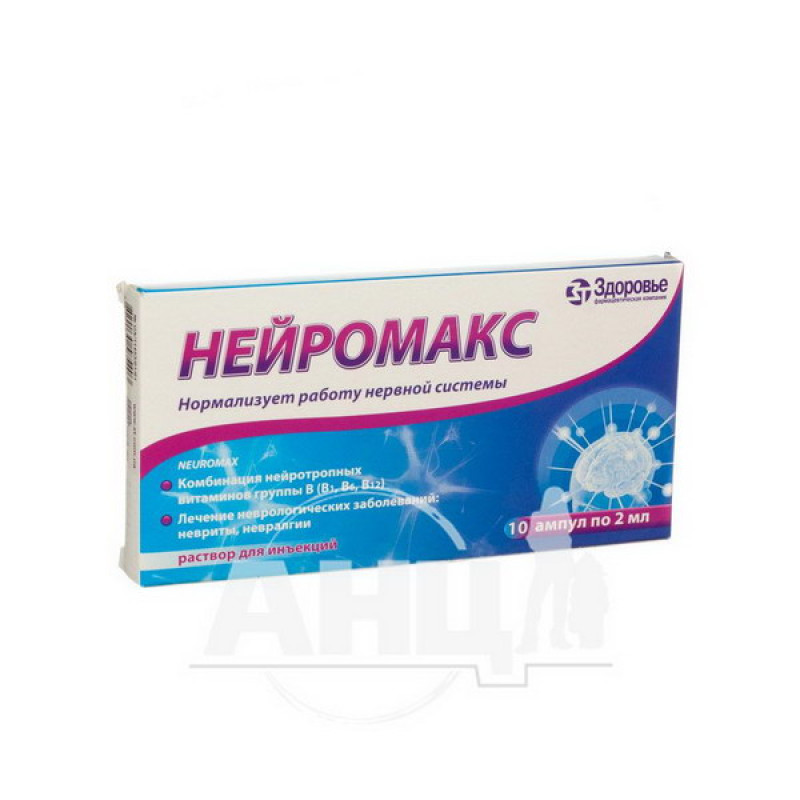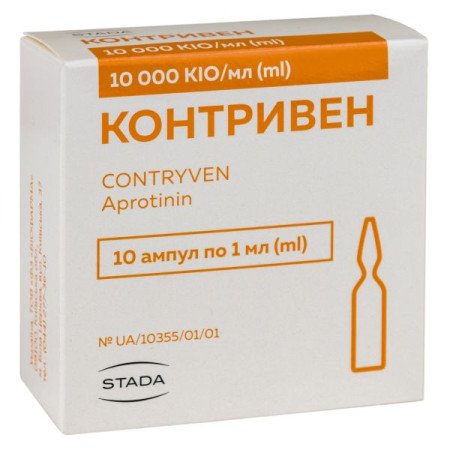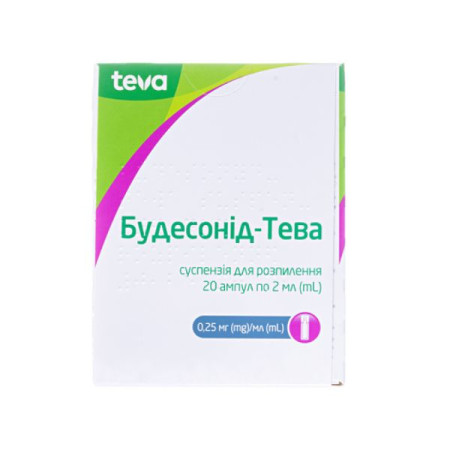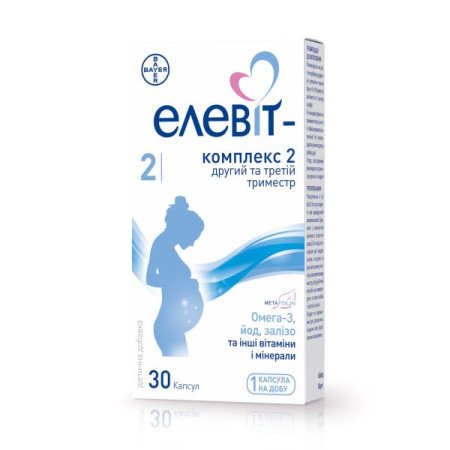Neuromax solution for injection ampoule 2 ml No. 10

The effect of the drug is due to the action of its active components.
Neurotropic B vitamins have a beneficial effect on inflammatory and degenerative diseases of the nerves and musculoskeletal system. They are used to eliminate deficiency states, and in large doses have analgesic properties, improve blood circulation, normalize the functioning of the nervous system and the process of hematopoiesis.
Vitamin B1 (thiamine) is a very important active substance. In the body, vitamin B1 is phosphorylated to form biologically active thiamine diphosphate (cocarboxylase) and thiamine triphosphate (TTP).
Thiamine diphosphate as a coenzyme participates in the process of carbohydrate metabolism, which are of crucial importance in the metabolic processes of nervous tissue, affecting the conduction of nerve impulses in synapses. With a deficiency of vitamin B 1 in the tissues, metabolites accumulate, primarily lactic and pyruvic acid, which leads to various pathological conditions and disorders of the nervous system.
Vitamin B6 (pyridoxine) in its phosphorylated form (pyridoxal-5-phosphate, PALP) is a coenzyme for a number of enzymes that interact in the general non-oxidative metabolism of amino acids. Through decarboxylation, they are involved in the formation of physiologically active amines (adrenaline, histamine, serotonin, dopamine, tyramine), through transamination - in anabolic and catabolic metabolic processes (for example, glutamate-oxaloacetate transaminase, glutamatepyruvate transaminase, γ-aminobutyric acid, a metabolic processes), as well as in various processes of cleavage and synthesis of amino acids. Vitamin B6 acts on 4 different sites of tryptophan metabolism. In the process of hemoglobin synthesis, vitamin B6 catalyzes the formation of a-amino-b-ketoadenic acid.
Vitamin B12 (cyanocobalamin) is necessary for cellular metabolism. It affects the function of hematopoiesis (extrinsic anti-anemic factor), participates in the formation of choline, methionine, creatinine, nucleic acids, and has an analgesic effect.
Pharmacokinetics. After parenteral administration, thiamine is distributed in the body. Approximately 1 mg of thiamine is broken down daily. Metabolites are excreted in the urine. Dephosphorylation occurs in the kidneys. The biological half-life of thiamine is 0.35 hours. Thiamine does not accumulate in the body due to its limited solubility in fats.
Vitamin B6 is phosphorylated and oxidized to pyridoxal-5-phosphate. In blood plasma, pyridoxal 5-phosphate and pyridoxal are bound to albumin. The form that is transported is pyridoxal. To pass through the cell membrane, pyridoxal-5-phosphate, bound to albumin, is hydrolyzed by alkaline phosphatase to pyridoxal.
Vitamin B12 after parenteral administration forms transport protein complexes that are rapidly absorbed by the liver, bone marrow and other proliferative organs. Vitamin B12 enters the bile and participates in the enterohepatic circulation. Vitamin B12 crosses the placenta.
Indication
Neurological diseases of various origins: neuritis, neuralgia, polyneuropathies (diabetic, alcoholic), radicular syndrome, retrobulbar neuritis, facial nerve damage.
Contraindication
Hypersensitivity to the components of the drug, acute cardiac conduction disorders, acute form of decompensated heart failure.
Vitamin B1 is contraindicated in allergic reactions.
Vitamin B6 is contraindicated for use in cases of gastric and duodenal ulcers in the acute stage (since increased acidity of gastric juice is possible).
Vitamin B12 is contraindicated for use in erythremia, erythrocytosis, and thromboembolism.
Lidocaine. Hypersensitivity to lidocaine or other amide local anesthetics, history of epileptiform seizures to lidocaine, severe bradycardia, severe hypotension, cardiogenic shock, severe forms of chronic heart failure (II-III degree), sick sinus syndrome, Wolff-Parkinson-White syndrome, Adams-Stokes syndrome, AV (AV) blockade of II and III degree, hypovolemia, severe liver / kidney dysfunction, porphyria, myasthenia gravis.
Method of administration and doses
For input.
Before using a medicinal product containing lidocaine, a skin test for increased individual sensitivity to the drug, as evidenced by swelling and redness at the injection site, is mandatory.
In severe (acute) cases, treatment should begin with 2 ml of solution intramuscularly once a day until the acute symptoms subside. To continue treatment, administer 2 ml (1 injection) 2-3 times a week. The course of treatment should last at least 1 month.
The injection should be given in the upper outer quadrant of the gluteal muscle.
To maintain or continue a therapeutic course of injections or to prevent relapse, the drug Neuromax, film-coated tablets, is recommended.
Overdose
Vitamin B1 has a wide therapeutic range. Very high doses (more than 10 g) exhibit a curare-like effect, inhibiting the conduction of nerve impulses.
Vitamin B6 has very low toxicity.
Excessive use of vitamin 6 in doses greater than 1 g per day for several months can lead to neurotoxic effects.
Vitamin B12: after parenteral administration (in some cases - after oral administration) of doses of the drug higher than recommended, allergic reactions, eczematous skin disorders and a benign form of acne have been observed.
With prolonged use in high doses, liver enzyme activity, pain in the heart area, and hypercoagulation are possible.
Treatment: therapy is symptomatic.
Lidocaine. Symptoms: psychomotor agitation, dizziness, general weakness, decreased blood pressure, tremor, visual impairment, tonic-clonic convulsions, coma, collapse, possible AV block, central nervous system depression, respiratory arrest. The first symptoms of overdose in healthy people occur when the concentration of lidocaine in the blood exceeds 0.006 mg/kg, convulsions - at 0.01 mg/kg.
Treatment: discontinuation of the drug, oxygen therapy, anticonvulsants, vasoconstrictors (noradrenaline, mezaton), in case of bradycardia - anticholinergics (0.5-1 mg of atropine). Intubation, artificial ventilation of the lungs, resuscitation measures are possible. Dialysis is ineffective.
Composition
active ingredients: 1 ml pyridoxine hydrochloride 50 mg, thiamine hydrochloride 50 mg, cyanocobalamin 0.5 mg
Excipients: lidocaine hydrochloride, potassium hexacyanoferrate, sodium polyphosphate, benzyl alcohol, sodium hydroxide, water for injection.
Storage conditions
Store in the original packaging at a temperature of 2° to 8°C.
Keep out of reach of children.
Shelf life - 2 years.
There are no reviews for this product.
There are no reviews for this product, be the first to leave your review.
No questions about this product, be the first and ask your question.
















